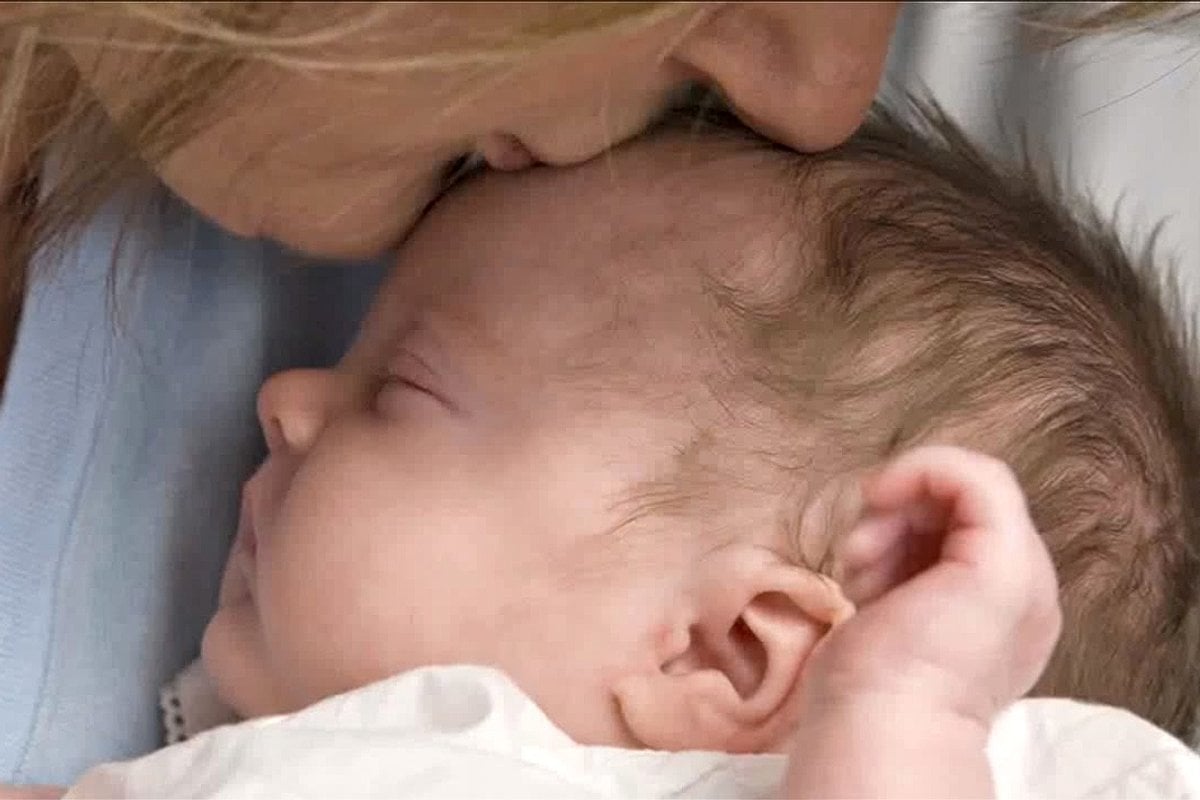
When Keri McCartney's daughter was first brought into the world in February 2008, there were no midwives to usher her arrival, no towels to clean her delicate skin, no scissors to sever the umbilical cord, or arms waiting for that first precious cuddle. And for Keri, who was under deep aneasthesia at the time, there were no memories at all.
The only people to witness this little baby's first moments outside the womb were a surgical team at Texas Children's Hospital.
Keri would have to wait another 10 weeks to meet her baby, when on May 8 little Macie Hope McCartney became one of fewer than 20 children who could lay claim to an extraordinary title: 'the baby who was born twice'.
The babies born twice.
At a routine 23-week sonogram in February 2008, Keri and Chad McCartney readied themselves to learn the sex of their fifth child. But as the technician examined the image on the screen, her silence swallowed their excitement.
There was a grapefruit-sized tumour growing from the fetus' tailbone, roughly the same size as the baby itself. It was a sacrococcygeal teratoma (SCT), a rare birth defect that affects roughly one in every 40,000 pregnancies.
Sacrococcygeal teratoma (SCT) tumours are not typically cancerous, although they contain large blood vessels that can put pressure on the fetus' developing heart.
"Our OB/GYN explained that our baby’s odds of survival were less than 10 per cent because the tumour was so blood-filled," Keri said in an interview published by Texas Children's Hospital. "We were completely heartbroken."
While in some cases, doctors will operate to remove the tumour after birth, in others — like Keri's — the risk to the fetus is too great. For her, doctors opted to try something that had only been successful a handful of times: open fetal surgery.
The innovative procedure sees the mother placed under general anaesthetic and an incision made into her abdomen, similar to that done for a cesarean section.
"The uterus is lifted slightly and surgically opened to expose the fetal tumour," the Texas Children's Fetal Center explains. (Little Macie's lower body was pulled out, while her head and upper body remained inside the uterus.)

